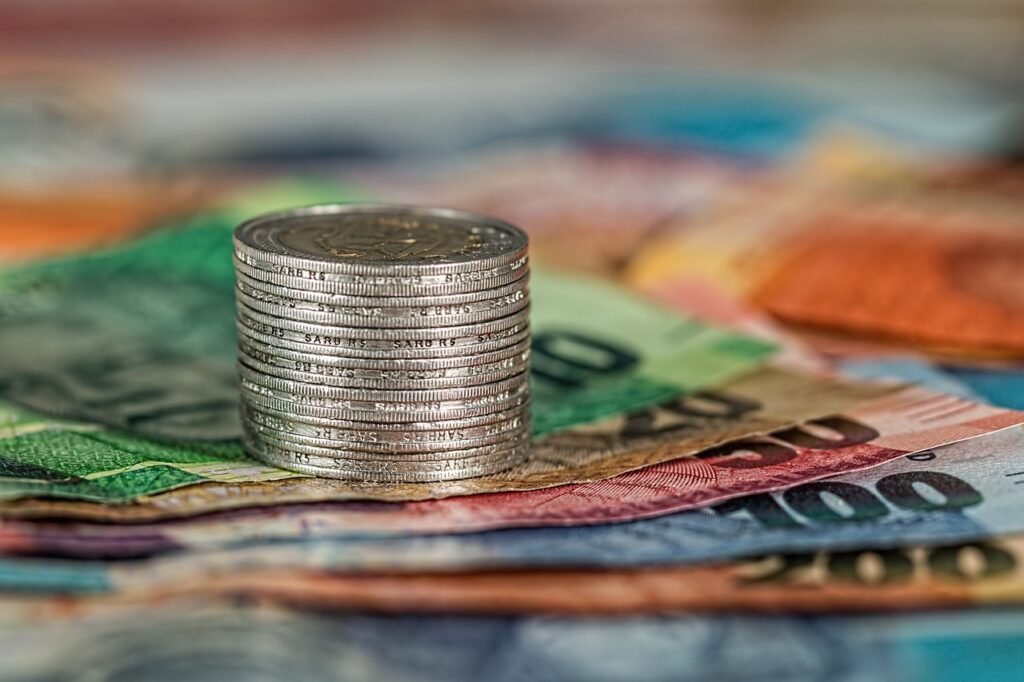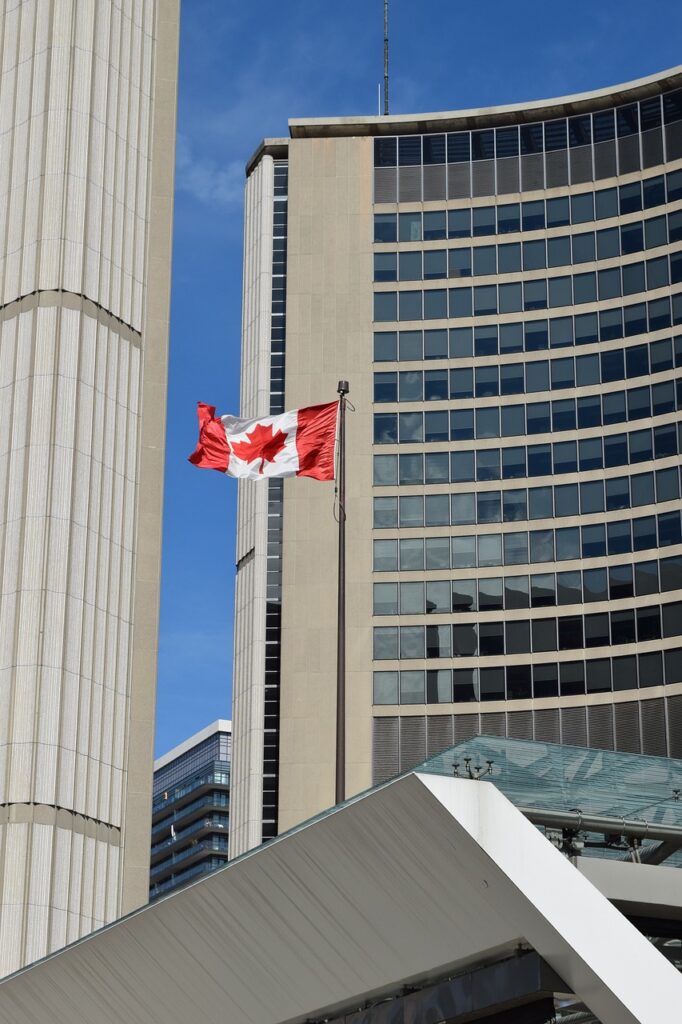Embarking on a journey to Canada, the land of natural wonders and cultural diversity, is an exciting experience. As you plan your trip, one practical aspect to consider is currency exchange. Understanding how to exchange money in Canada will ensure that you have a smooth financial transition during your stay. In this guide, we’ll walk you through everything you need to know about exchanging money in the Great White North.
Understanding Canadian Currency
Before delving into the process of exchanging money, let’s familiarize ourselves with the Canadian currency. The official currency of Canada is the Canadian Dollar (CAD), often denoted by the symbol “$” or “C$” to distinguish it from other dollar-denominated currencies.

Exchange Options: Where to Convert Your Currency
- Banks and Credit Unions: Canadian banks and credit unions offer reliable and secure options for currency exchange. You can visit a local branch or use their online services to exchange your money. While banks provide competitive exchange rates, it’s advisable to compare rates and fees before making a decision.
- Currency Exchange Counters: These are usually found at airports, major train stations, and tourist areas. While convenient, exchange rates at these counters might be slightly less favorable due to higher fees and commissions.
- ATMs (Automated Teller Machines): Using your debit or credit card to withdraw Canadian currency from ATMs is a convenient option. ATMs are widely available throughout Canada, especially in urban areas. However, check with your bank about foreign transaction fees and notify them of your travel plans to avoid any issues.
- Currency Exchange Services: Some independent currency exchange kiosks or services offer competitive rates. Research reputable providers and compare rates before making a decision.
Factors to Consider When Exchanging Money
- Exchange Rates: Exchange rates can fluctuate daily, impacting the amount you receive. Check reliable financial sources or online currency converters to get an idea of the current rate.
- Fees and Commissions: Different exchange methods come with varying fees and commissions. Be aware of these charges to ensure you’re getting the best deal.
- Timing: Consider exchanging a portion of your money before your trip to have local currency on hand for immediate expenses. You can then use ATMs for additional funds as needed.
- Currency Conversion on Cards: If you’re using credit or debit cards, some financial institutions may offer competitive exchange rates. However, be mindful of foreign transaction fees that might apply.
Tips for Smooth Currency Exchange
- Research: Research and compare exchange rates and fees from different sources to make an informed decision.
- Notify Your Bank: Inform your bank of your travel plans to prevent your card from being flagged for suspicious activity when used abroad.
- Currency Converter Apps: Utilize currency converter apps on your smartphone to quickly calculate the cost of items in your home currency.
- Carry a Mix of Payment Methods: Have a combination of cash, cards, and electronic payment options to ensure you’re prepared for various situations.
- Keep Track: Maintain a record of your transactions to stay aware of how much you’re spending and the current exchange rate.

In Conclusion
Exchanging money in Canada doesn’t have to be a daunting task. With proper planning, research, and awareness of your options, you can ensure a seamless financial experience during your Canadian adventure. Whether you choose banks, ATMs, or currency exchange services, being informed will help you make the most of your time and money in this captivating country.
Disclaimer: This article provides general information about exchanging money in Canada and is not intended as financial advice. Exchange rates and fees may vary, and it’s advisable to consult with financial professionals for personalized guidance.
